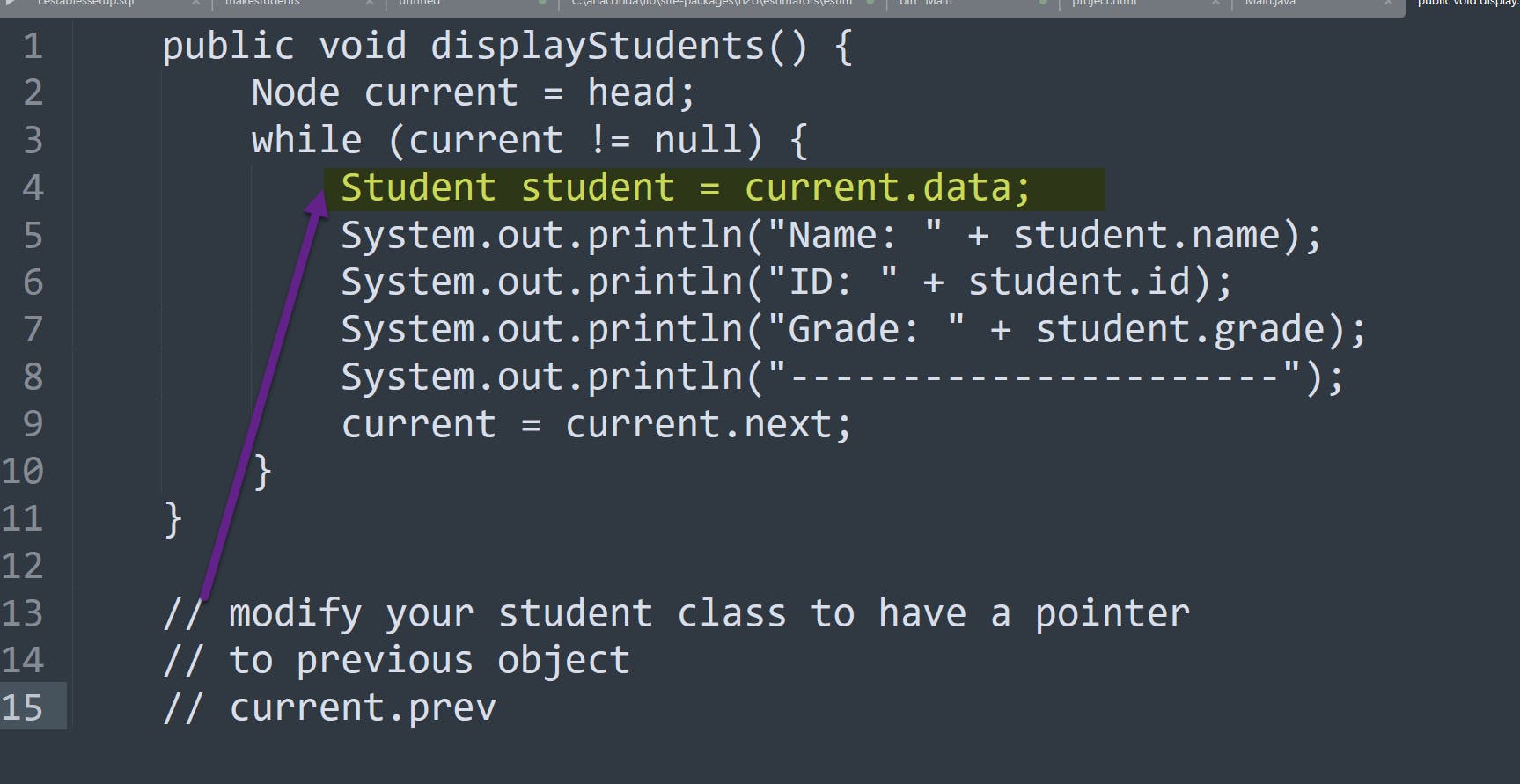Share
Explore
Assignment 1 Data Structures
Data Structures in Java:
How to submit :
Learning Outcome 1:
Learn how to use GitHUB

Assignment: Understanding Objects in Java through Data Structures
Exercise 1: Implement a Linked List of Student Objects

Exercise 2: Implement a Stack of Book Objects
// Complete Code:
Exercise 3: Implement a Queue of Athlete Objects
// Here's an implementation of a queue of Athlete objects
Exercise 4: Retrieve Objects from a Linked List
import java.util.LinkedList;
Want to print your doc?
This is not the way.
This is not the way.

Try clicking the ⋯ next to your doc name or using a keyboard shortcut (
CtrlP
) instead.